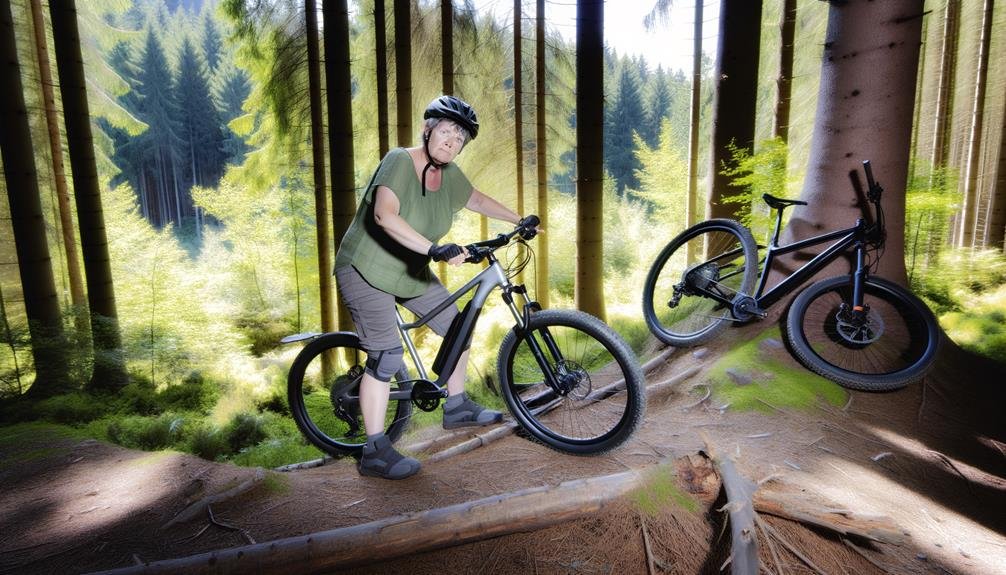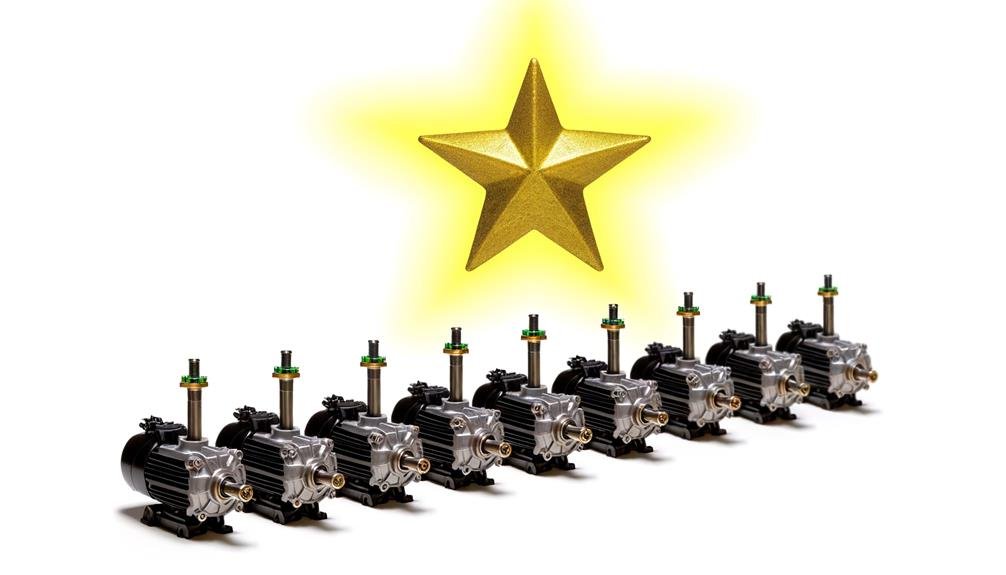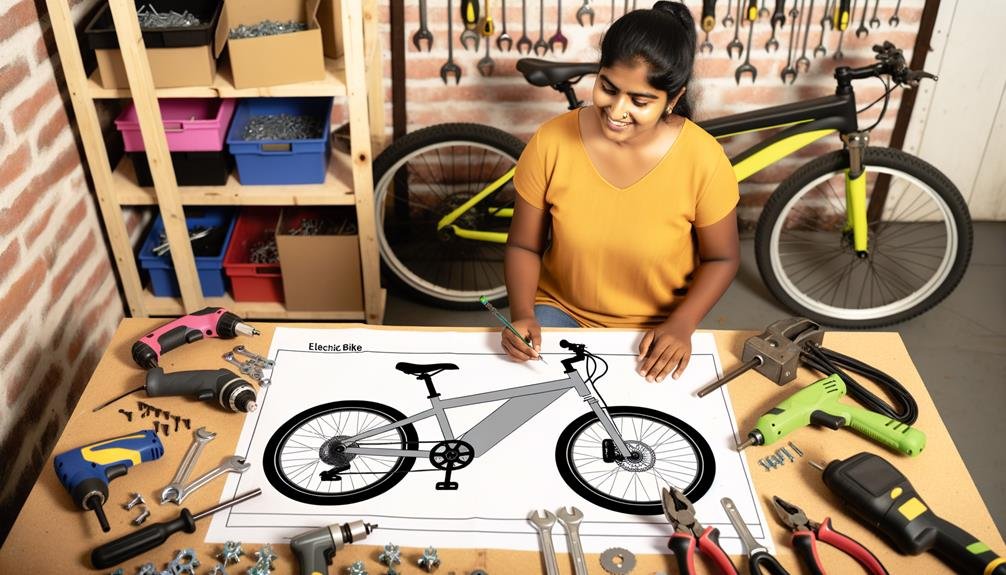Charles Miller is a veteran bike enthusiast with over 12 years of experience dealing with bikes as a mechanic. Despite immense love and expertise for...
While it's true that electric bikes are generally reliable, we've noticed an increasing number of reports about electric bikes cutting out during rides. This common issue can be caused by a multitude of factors, such as battery problems, motor issues, or even faulty wiring.
However, it's not always easy to pinpoint the exact cause without a proper understanding of the bike's electrical system. Let's start a discussion on this topic to help us all better understand why this might be happening, and most importantly, how we can fix it.
Stay tuned; you wouldn't want to miss out on some potentially crucial insights that could make all the difference in your biking experience.
Key Takeaways
- Intermittent power loss and complete power loss are common problems with e-bikes.
- Battery-related issues can be identified by checking voltage drop, inspecting connections, and using a voltmeter.
- Overheating motor symptoms include performance drop, unusual noises, and the motor being hot to touch.
- Faulty controllers can be identified by checking connections, testing the motor, and adjusting settings if needed.
Identifying Common E-Bike Problems
Before we delve into the specifics of power loss issues, let's start by identifying some of the most common problems you might encounter with your electric bike.
Intermittent power loss is a frequent issue many e-bike users face. This is characterized by your bike suddenly losing power, only for it to return a few seconds or minutes later. It's like your electric bike keeps cutting out, and then coming back to life, which can be quite frustrating.
Another common problem is complete power loss, where your bike shuts down completely, refusing to come back on. This is usually a more severe issue and could point to more significant damage or wear in your bike's electrical system.
Additionally, you might experience a scenario where your bike loses motor power but stays on. This means that while the lights and other electrical components of your bike work, the motor that drives the bike fails to function.
In all these situations, specific troubleshooting steps can be followed to identify and rectify the problem. We'll discuss those in detail later.
For now, remember that you're not alone in facing these issues. Most e-bike users have been there, and solutions are available.
Diagnosing Battery-Related Issues
Having recognized the common problems you may encounter with your electric bike, let's now turn our attention to diagnosing battery-related issues.
First, we need to check the battery for voltage drop under load. This is a key indicator of potential battery problems. If the voltage drops significantly when the bike is in use, it's likely that the battery is unable to hold a sufficient charge.
Next, we'll inspect the battery connections and wiring harness. We're looking for any loose or damaged parts that could be causing intermittent power loss. It's crucial to ensure that all connections are secure and in good condition.
A voltmeter provides a simple way to check the battery's charge level and overall health. This will tell us whether the battery is capable of delivering enough power for the bike to operate optimally.
We should also consider the compatibility of the battery's ampere-hour rating with the controller's amperage. If these aren't well matched, performance issues may arise.
Lastly, don't hesitate to seek professional advice or consult online forums for insights on specific battery-related issues. This will keep you in touch with a community of fellow e-bike enthusiasts who can provide valuable insights and tips.
Understanding Overheating Motor Symptoms
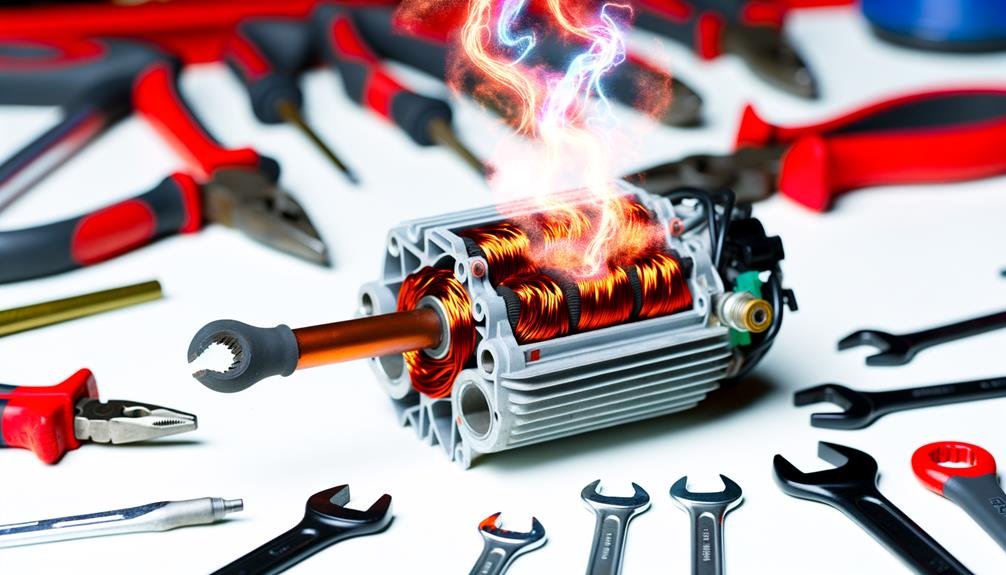
Now, let's delve into understanding the symptoms of an overheating motor in an electric bike, a common issue that often stems from hot weather conditions or overloading the bike beyond its capacity. This isn't just a minor inconvenience; it can potentially cause damage to the electrical components of your bike, leading to it cutting out unexpectedly.
- Performance Drop: The first sign of an overheating motor is usually a drop in performance. The bike might feel sluggish and less responsive than usual, especially when going uphill or carrying heavy loads.
- Unusual Noises: Overheating can cause the motor to produce unusual, often high-pitched, noises. If your electric bike starts to sound different, it's worth checking the motor temperature.
- Cutting Out: In severe cases, an overheating motor can cause the bike to cut out entirely. This is a safety feature designed to protect the motor from damage.
- Hot to Touch: After a ride, if the motor is hot to the touch, it's a clear sign that it's overheating. Remember to let it cool down before you continue riding.
Dealing With Faulty Controller Problems
While overheating motors can certainly cause your electric bike to cut out, faulty controllers are another common culprit we need to address. Dealing with faulty controller problems can be daunting, but don't worry, we're here to help.
Firstly, check all connections for any loose plugs and inspect your battery connections to ensure proper contact points. It sounds simple, but it's often overlooked. A loose connection could disrupt the power supply, causing your electric bike to cut out unexpectedly.
Next, we recommend troubleshooting electrical issues by testing the motor and inspecting the wiring harness for any visible damage. A malfunctioning motor or damaged wiring could lead to intermittent power loss. You might need to install a new controller if the current one is faulty.
Also, consider adjusting the P (parameter) and C (current) settings on your controller. Fine-tuning these settings can optimize the controller's behavior, reducing the chance of unexpected cut-outs.
Lastly, don't hesitate to seek advice from experienced individuals or forums. They can offer valuable insights and solutions for troubleshooting your electric bike's controller problems. Remember, you're not alone in this journey. We're all in this together, navigating the world of electric bikes to make our rides smoother and more reliable.
Unjamming the Throttle: Steps
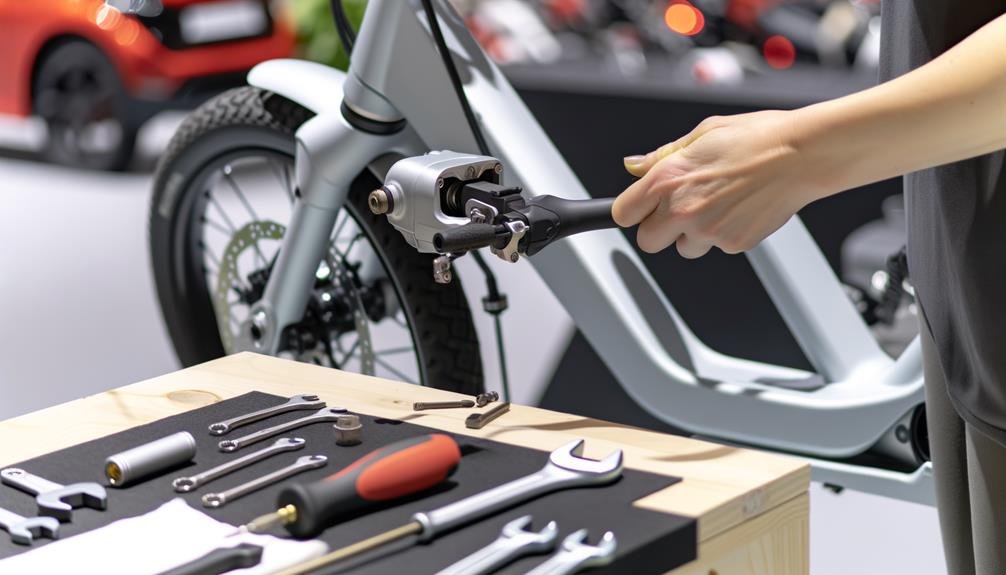
Moving on to the throttle, it's crucial to regularly check for any visible obstructions or debris that could be causing it to jam. As part of your electric bike maintenance, unjamming the throttle can be a necessary step to ensure smooth and continuous performance.
Here are the steps you can follow:
- Inspect the throttle: Look for any visible obstructions or debris that might be interfering with its movement. Small particles can sometimes get lodged in the mechanism, causing it to stick or jam.
- Test the throttle: Gently twist the throttle back to its natural position to ensure it moves freely. If there's resistance, this could indicate a problem.
- Clean or replace the throttle: If the problem persists, consider cleaning the throttle thoroughly or replacing it entirely. This can restore smooth operation and prolong the lifespan of your electric bike.
- Preventive care: Lastly, avoid frequent and forceful use of the throttle to prevent potential damage to the electric supply. Regularly clean the throttle to prevent dirt or debris buildup that could lead to jamming.
Addressing Malfunctioned Sensor Issues
We'll now turn our attention to a common issue that can cause electric bikes to cut out – malfunctioned sensor issues.
First, we'll cover how to identify these problems, then explore methods for repairing these malfunctions.
Identifying Sensor Problems
In addressing malfunctioned sensor issues, it's crucial to first recognize the signs of sensor malfunction in your electric bike. If your e-bike keeps cutting out, sensor problems may well be the cause.
To further help in identifying sensor problems, consider these four points:
- Erratic motor behavior: If your electric bike's motor is acting up, it's a strong sign of sensor trouble.
- Inconsistent speed: Sensor problems often lead to irregular speed patterns.
- Unexpected power cut-outs: If the bike keeps cutting out, a faulty sensor could be the culprit.
- Warning lights: Your e-bike's system may activate warning lights to signal sensor issues.
Understanding these signs can guide us in troubleshooting. Remember, maintaining the bike's sensors is vital to its performance.
Repairing Sensor Malfunctions
When tackling sensor malfunctions, it's essential to first inspect the sensor connections and wiring, looking out for any loose or damaged parts. This simple step can alleviate many issues associated with your electric bike cutting out.
| Troubleshooting Steps | What to Look For | Action to Take |
|---|---|---|
| Inspect Connections | Loose or damaged wires | Tighten or replace as needed |
| Clean and Realign Sensors | Dirt or misalignment | Clean carefully, realign per manufacturer's guidelines |
| Sensor Calibration | Inaccurate readings | Follow manufacturer's calibration procedures |
If these steps don't resolve the issue, consider replacing the malfunctioned sensor. Always remember, repairing sensor malfunctions is not just about fixing what's broken, it's about enhancing our shared e-bike experience. We're here together in this journey, ensuring our electric bikes run efficiently and smoothly.
Preventing Future Sensor Issues
To keep our e-bikes running smoothly and avoid future sensor issues, it's crucial that we regularly clean and inspect the pedaling cadence, speed, and torque sensors for dirt, misalignment, or damage.
Here's a quick guide to help prevent these issues:
- Regularly inspect and clean sensors: Dirt and misalignment can interfere with the sensor's function, disrupting the controller's communication with the pedal assist system.
- Follow manufacturers' maintenance guidelines: This ensures our sensors are properly calibrated, minimizing the risk of malfunction.
- Invest in quality sensors: Quality sensors are less likely to malfunction, saving us time and effort in the long run.
- Monitor sensor performance: Spotting early signs of malfunction can prevent future disruptions, keeping our electric bike rides smooth and enjoyable.
Frequently Asked Questions
Why Does My Ebike Turn off While Riding?
We're seeing ebike power loss potentially due to motor issues, connection troubles or software glitches. Environmental impacts, like extreme temperatures, could also affect performance. Let's troubleshoot carefully to pinpoint and fix the problem.
What Is the Common Problem of E-Bike?
We've found that common e-bike problems often include motor issues, pedal assist failure, wiring problems, and brake system malfunction. It's crucial to address these promptly to ensure a safe and smooth ride.
How Do I Know if My Ebike Battery Is Bad?
We'll know our ebike battery's bad by observing its lifespan, charge retention, performance fluctuations, and maintenance needs. If it's not lasting as long or struggles to hold a charge, it's likely time for a replacement.
How Do I Know if My Ebike Controller Is Bad?
We're diagnosing our ebike controller by examining its performance and stability. Troubleshooting techniques reveal replacement indications, ensuring we maintain our controller properly. It's a technical process, but we're in it together, learning as we go.
Conclusion
In conclusion, we've untangled the complexities of an e-bike cutting out. We've delved into battery issues, decoded overheating motor symptoms, tackled controller problems, unjammed throttles, and addressed malfunctioned sensors.
It's clear that timely inspection and maintenance is key to keeping our e-bike running smoothly. If problems persist, replacing certain parts may be necessary.
Armed with this knowledge, we can now face any e-bike issue with confidence. Ride on, knowing we've got the power in our hands.

Charles Miller is a veteran bike enthusiast with over 12 years of experience dealing with bikes as a mechanic. Despite immense love and expertise for his Tacoma, he rides his Trek Ebike more. Anytime you meet him, you’ll either hear him talking about Bikes, or writing about all things bikes and cars on this blog.
More Posts
